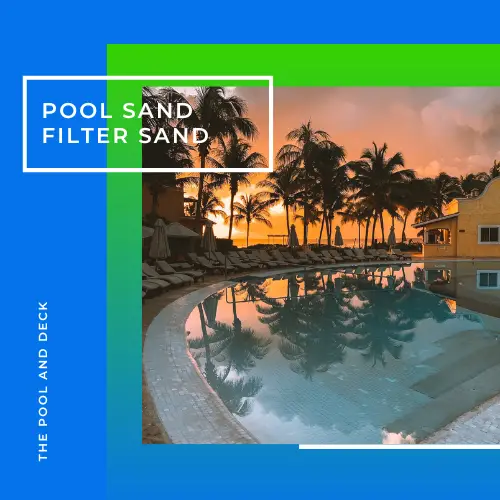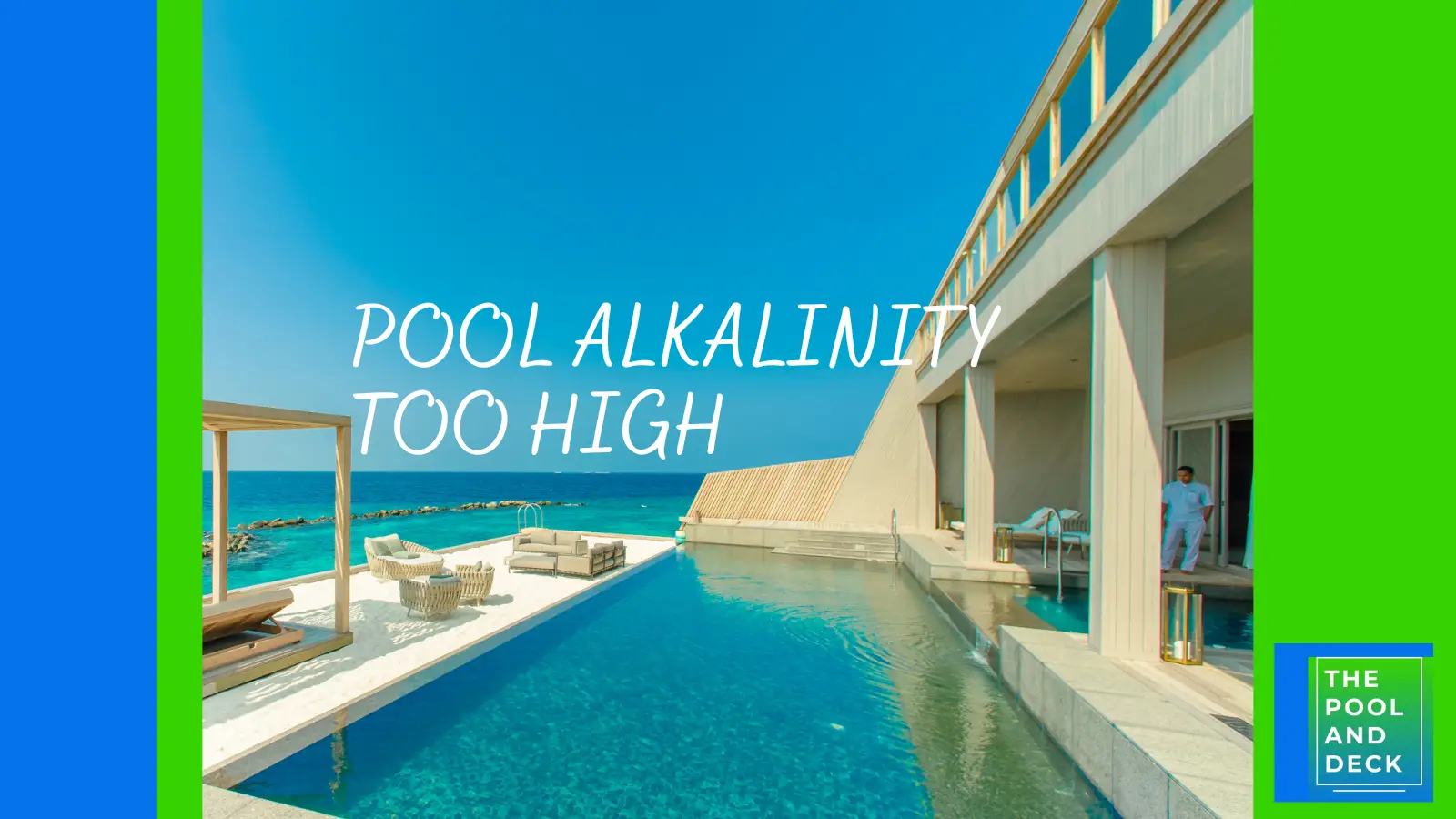pH and Alkalinity High in Pool? (Effect, Cause & Best Solution!)
thepoolanddeck.com is a participant in the Amazon Services LLC Associates Program, an affiliate advertising program designed to provide a means for sites to earn advertising fees by advertising and linking to Amazon.com . The website is also an affiliate of a few other brands. The affiliate links never increase your purchase price. We do appreciate your support. Thank you very much!
Table of Contents
What Does High pH and High Alkalinity Mean?
Both pH and alkalinity high in pool, is not unusual as pH and alkalinity are closely related. When both are high, the sanitizing effectiveness of chlorine drops. Your pool is likely to become cloudy and you may notice some scaling too!
If you are a new pool owner then you may find the terms pH and alkalinity high in pool quite confusing. Are both not the same thing? If not what’s the difference? What causes them to become high? And how can you bring them down to normal levels?
In this post I answer all your concerns so that you can develop a clearer understanding.
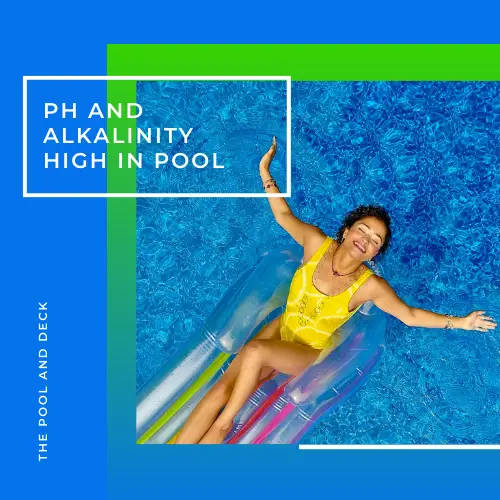
What’s the Difference Between pH and Alkalinity?
To be fair, it is easy to get confused between pH and alkalinity. Even pool owners with many years experience may use the two terms interchangeably. Let me make the distinction between the two as clear as possible.
pH is a measure of the acidity or the alkalinity of the pool water. Total Alkalinity (TA) is a measure of the amount of alkaline particles dissolved in the water. The alkalinity of water is its ability to neutralize acids. Alkalinity therefore acts, and is known as a pH buffer!
A logarithmic scale from 0 to 14 is used to measure pH. Distilled water at a pH of 7 is considered neutral. Muriatic acid has-a pH of around 1.0, while soda ash has a pH of around 13.0.
Note that the scale is logarithmic. So water with a pH of 5 is not just a bit more acidic than water with a pH of 6. It is 10X more acidic!
Total Alkalinity (TA) is the quantity of alkaline particles in the water and is measured in parts per million (ppm). Total Alkalinity acts as a buffer, helping to stabilize pH levels and prevent rapid changes. TA is a measure of the ability of pool water to resist changes in pH.
Note that even the units and the type of scale used to measure pH & alkalinity are quite different!
Effect of High pH and Alkalinity in Your Pool
When pH and alkalinity levels in your pool are high you will face one or more of the following problems:
- The effectiveness of chlorine to sanitize pool water drops. The result is an increase in pathogens & contaminants and an unhealthy pool.
- Increased risk of algae bloom.
- A swim in such a pool can irritate skin & eyes and shorten the life of bathing suits & goggles.
- Cloudy water & reduced visibility can make the pool unsafe for swimming.
- Calcium buildup and scaling can lead to rough pool surfaces, ladders and reduced water flow through pool plumbing.
- High alkalinity can also make it more difficult to adjust the pH to the recommended level.
What Causes pH and Alkalinity to Become High in Pool Water?
Some of the common reasons for pH and alkalinity to become high in pool water are:
Hard Water: You could be using “hard water” for replacing any water losses due to vacuuming, backwashing, plumbing leaks or just evaporation. Hard water contains high levels of dissolved minerals, such as calcium and magnesium.
The increase in overall mineral content of the pool water will certainly lead to an increase in Total Alkalinity (TA) of the pool. An increase in TA will also cause pH to increase.
Chemical Imbalances: Overuse of certain pool chemicals, such as pH and alkalinity increasers, can also cause an increase in pH and alkalinity levels. Always add them based on correct calculations and based on pool chemistry testing.
Trichlor Tablets: Cyanuric acid (CYA) is an important part of the Trichlor formulation. Its function is to prevent the photodegradation of chlorine. Trichlor is acidic, but CYA buffers this acidity and raises the alkalinity in the pool water.
Pool Shock: Shocking the pool can also create an imbalance in the pH and alkalinity levels.
Swimmers: Swimmers who fail to abide by the basic pool hygiene rule of “shower before swimming” add sunscreens, lotions and sweat to the pool. These chemicals can increase pH and alkalinity of the pool.
What Should Be Adjusted First? pH or Alkalinity?
When both, pH and alkalinity are high in pool, lower the alkalinity first.
Remember alkalinity is a pH buffer. If alkalinity is not within the recommended range, you will not be able to get the pH down anyway.
The adjustment of alkalinity should be done gradually as any change in alkalinity will affect the pH level too. Adding too much of any chemical can cause imbalances and may result in cloudy water, algae growth or even equipment damage.
How Do You Lower High pH and Alkalinity in a Pool?
Here is the step-by-step process for lowering high pH and alkalinity in a pool:
STEP 1: Test the Water
Test the pH and alkalinity levels of the pool water using test strips or a test kit. This will give you an idea of how high the pH and alkalinity are compared to recommended levels. A pH level of 7.4 to 7.6 and an alkalinity level of 80 to 120 ppm is optimal and should be your target.
Recommended Test Strips
JNW 7in1 Pool and Spa Test Strips
Simply dip the strip into the water for 2 seconds, hold strip horizontally for 30 seconds, and compare with the color chart on the bottle to obtain accurate water results in just seconds.
Recommended Chemical Test Kit
Taylor K-2005 Complete DPD 9-in-1 Test Kit
Tests for free & total chlorine, bromine, pH, total alkalinity, total hardness, and cyanuric acid (CYA) levels.
Based on the test results you can calculate the quantity of the pool chemicals required for balancing your pool chemistry.
STEP 2: Adjust the Alkalinity
Use sodium bisulfate to lower the pool alkalinity as it is less harsh than muriatic acid. Prepare a solution of sodium bisulfate in a bucket of water. Stir with a wooden stick till the powder has completely dissolved and there are no clumps.
Add the sodium bisulfate solution to the pool as you walk along the pool perimeter. Start from the deep end. Keep the pump running so that there is good circulation as you add the chemical. Good circulation is essential for proper dispersion.
STEP 3: Wait and Test
After adjusting the alkalinity, wait for a few hours and then re-test the pH and alkalinity levels. If the pH is still high, lower it by adding muriatic acid to the pool water. Calculate the muriatic dose required using my muriatic acid pool calculator.
CAUTION: Muriatic acid is highly corrosive. Handle with care.
Muriatic Acid
Acid Blue Muriatic Acid by CPDI
Vapor Reduction Technology reduces up to 90% of harmful vapors compared to standard muriatic acid.
STEP 4: Add Acid
Add the acid gradually and according to the manufacturer’s instructions. Always start with a small amount and test the water again after a few hours.
Distribute the acid evenly throughout the pool water by pouring it slowly around the edges of the pool while running the pool pump on “recirculate” mode.
STEP 5: Wait and Test Again
After adding the acid, wait for a 5-6 hours and then re-test the pH and alkalinity levels. You may need to repeat Step 2 and Step 4 till you get both the pH and alkalinity levels right.
STEP 6: Monitor the Pool
Once you’ve achieved the desired pH and alkalinity levels, it’s important to monitor the pool regularly to make sure they stay within the recommended range.
You should test the water at least once a week and adjust the chemicals as needed. Maintain proper water balance by adjusting other chemicals such as chlorine, calcium and cyanuric acid.
Thank you very much for reading the post. I do hope you found it informative and helpful.




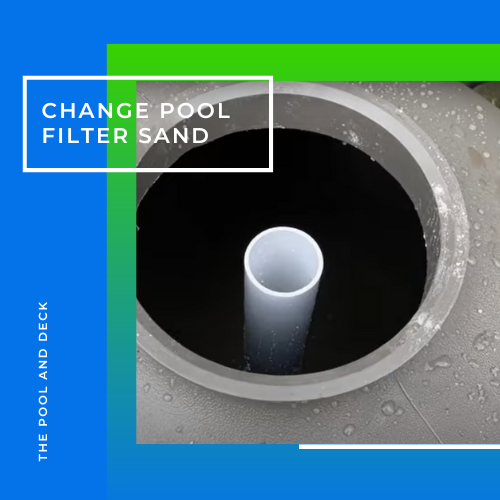
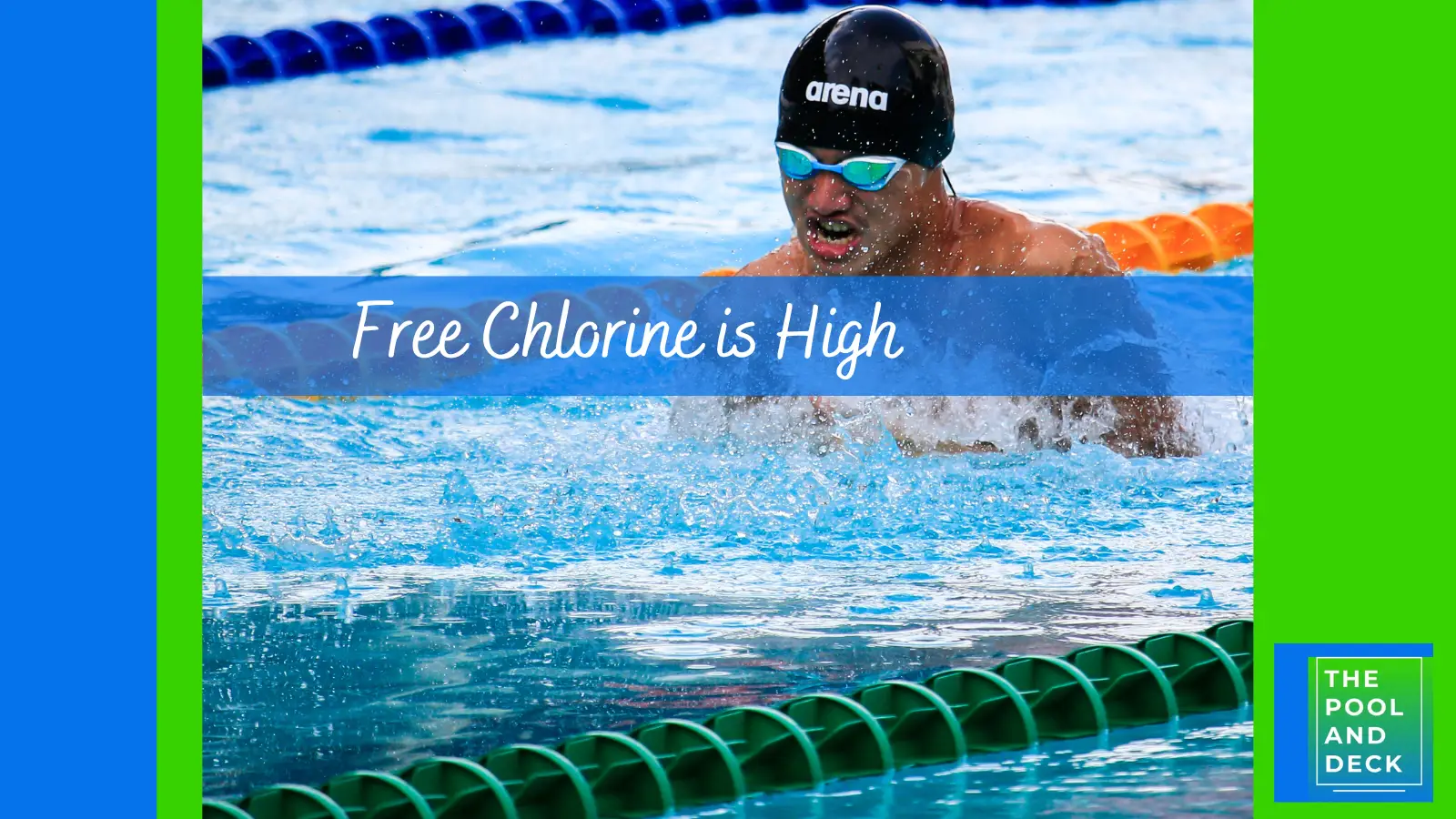
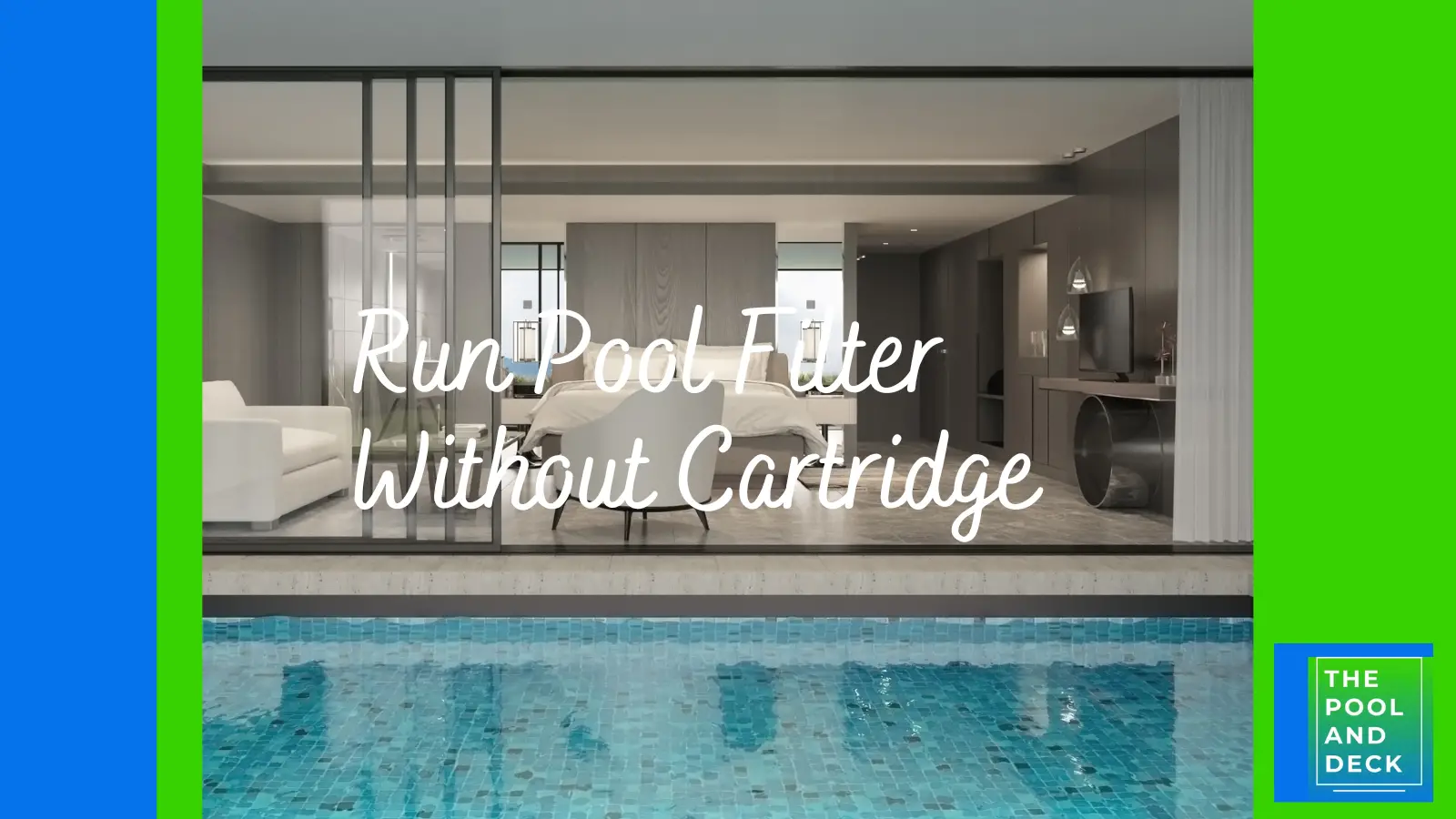
![Pool Recirculate Position: An Easy Guide [2024]](https://thepoolanddeck.com/wp-content/uploads/2023/12/TPAD2024-010.png)
